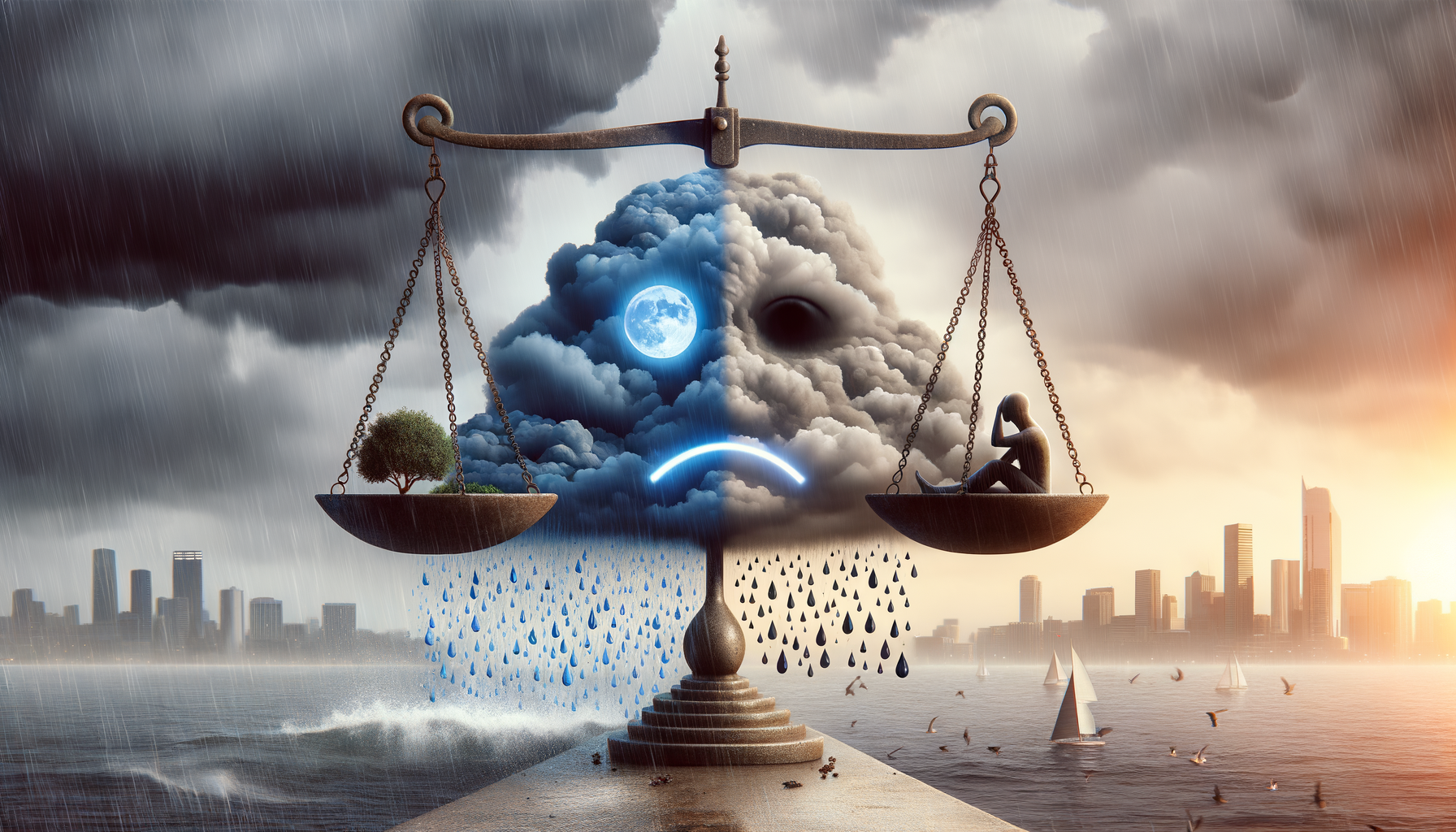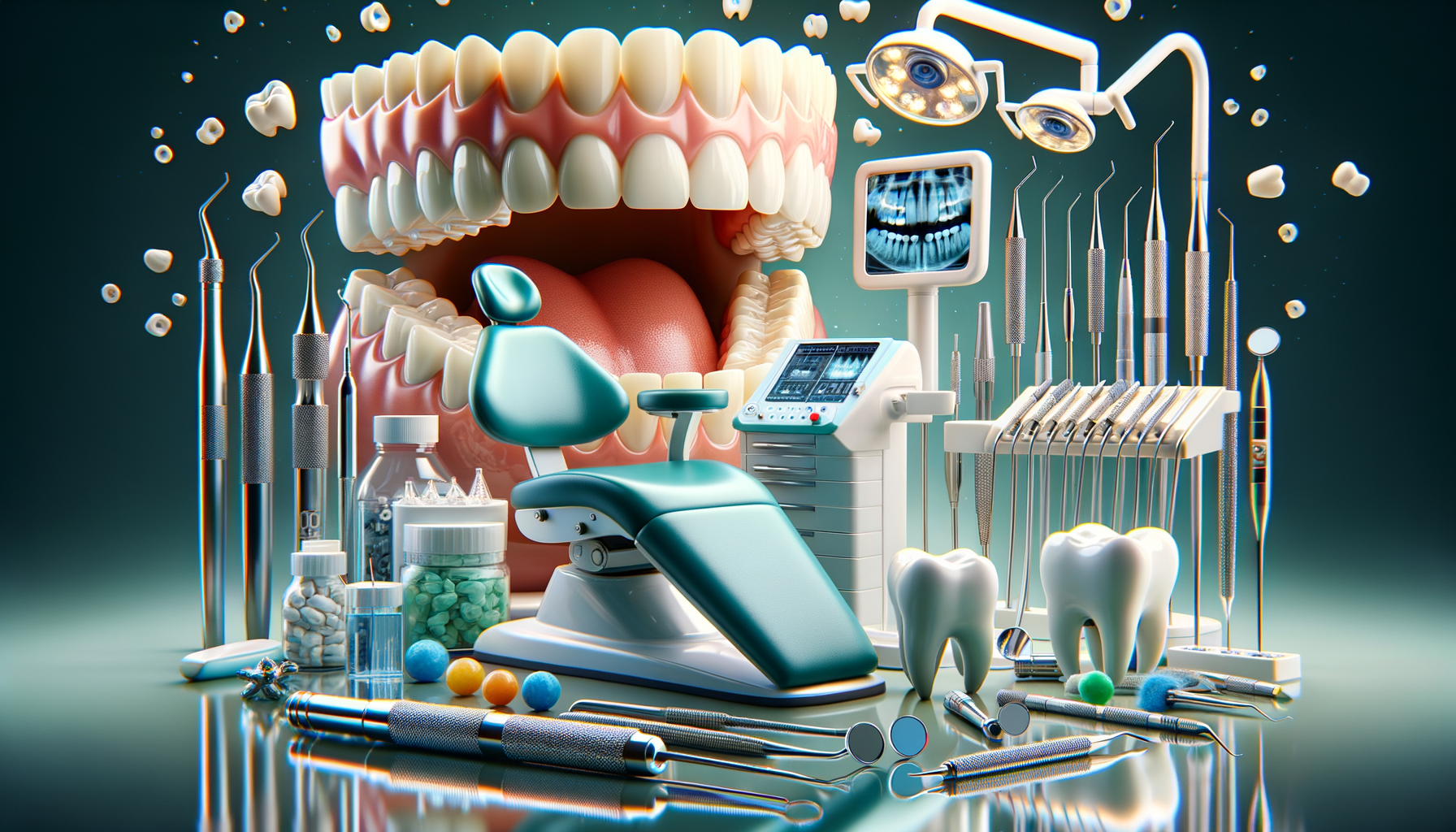Defining Depression and Bipolar Disorder
Depression and bipolar disorder are two prevalent mental health conditions that significantly affect individuals worldwide. While both disorders involve mood disturbances, they manifest differently and require distinct approaches to treatment. Depression, often referred to as major depressive disorder, is characterized by persistent sadness, loss of interest in activities, and a range of emotional and physical problems. It can impact one’s ability to function in daily life, leading to feelings of hopelessness and despair.
On the other hand, bipolar disorder involves episodes of mood swings ranging from depressive lows to manic highs. During a depressive episode, individuals may experience symptoms similar to those of depression. However, during a manic episode, they may feel euphoric, have increased energy, and engage in risky behaviors. Understanding these differences is crucial for accurate diagnosis and effective treatment.
Both conditions can have severe implications for an individual’s personal and professional life. They can affect relationships, work performance, and overall quality of life. Recognizing the symptoms early and seeking professional help can make a significant difference in managing these disorders.
Symptoms and Diagnosis
Identifying the symptoms of depression and bipolar disorder is the first step towards diagnosis and treatment. Depression symptoms can include:
- Persistent sadness or low mood
- Loss of interest in activities once enjoyed
- Changes in appetite or weight
- Sleep disturbances
- Fatigue or loss of energy
- Feelings of worthlessness or guilt
- Difficulty concentrating
- Thoughts of death or suicide
Bipolar disorder, on the other hand, is marked by alternating periods of depression and mania. Symptoms of mania include:
- Increased energy or activity
- Euphoric or irritable mood
- Decreased need for sleep
- Racing thoughts
- Impulsivity or risky behavior
- Inflated self-esteem
Diagnosing these disorders involves a comprehensive evaluation by a mental health professional, which may include a physical exam, interviews, and psychological assessments. It’s important to rule out other medical conditions that may mimic these symptoms. Accurate diagnosis is essential for developing a tailored treatment plan that addresses the specific needs of the individual.
Treatment and Management Strategies
Treating depression and bipolar disorder often involves a combination of medication, psychotherapy, and lifestyle changes. Antidepressants, mood stabilizers, and antipsychotic medications are commonly prescribed to help manage symptoms. It’s important for individuals to work closely with their healthcare providers to find the right medication and dosage, as this can vary greatly from person to person.
Psychotherapy, such as cognitive-behavioral therapy (CBT) and interpersonal therapy, can help individuals understand their condition, develop coping strategies, and improve their relationships. For those with bipolar disorder, therapy may also focus on recognizing the early signs of mood swings and developing a plan to manage them.
In addition to medication and therapy, lifestyle changes can play a crucial role in managing these disorders. Regular exercise, a healthy diet, and adequate sleep can help stabilize mood and improve overall well-being. Stress management techniques, such as mindfulness and meditation, can also be beneficial.
It’s important for individuals with depression or bipolar disorder to build a strong support system, including family, friends, and support groups. This network can provide encouragement and understanding, which are vital for long-term recovery and stability.



Leave a Reply